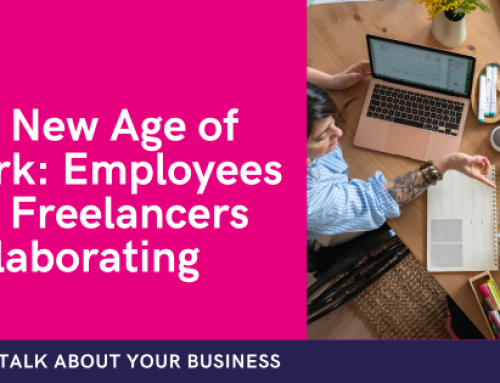You have a skill and want to pass it on via training. Is it a practical skill or a theory subject? – each will demand a different approach (let’s look at that next month).
Do you work better in a formal setting or an informal setting (again another topic)?
One to one or group setting?
Let’s look today at the tools you will need to deliver your subject:
1. Subject Matter information
It’s great when you have knowledge but we also know it’s better when more than just us say it’s quality knowledge. Look at other presenters/trainers of that knowledge. Do they have a book you can refer your attendees to, a website, a quote? Endorsement is a powerful thing.
2. Delivery
Are you looking for an interactive delivery or a lecture style? How are your audience going to get the best from you? What medium is best? PowerPoint, Video’s, sound, images, flipchart, props or just you on the stage delivering the material?
Learning Styles need to be considered when delivering a topic. Including material for those with Auditory, Visual or Kinaesthetic tendencies will enhance inclusion for your audience. This tells us the spoken word, the image and including actions will cover all areas – although sometimes it may be difficult to include all; this is not a great problem as it is rare for someone to be totally in one area but we are talking the optimum experience for your audience.
3. Clicker or not to click
When using PowerPoint it is really effective if you can present without looking at the screen. Knowing what your words will be for each slide, how long the slide takes to load, does this one have a video that starts straight away – rehearsal is essential and makes for an effective and professional result. Some people have other people that click for them. If you use a clicker to forward your slides; make sure you know how to go forward/back and test the batteries before you start. There is an on/off switch on them too!
4. Interactive or lecture
To make a presentation interactive you need questions but not just any old question. They need to be phrased in such a way that a response will be forthcoming. Something that they can relate to, build on from previous knowledge. The Where, When, Why, What, Who and How questions. Setting the scene is an excellent way of preparing the audience for a question – allowing them to imagine, be in that place and be able to relate to the information being presented.
A lecture can still be delivered in such a way as to gain confirmatory nods and smiles to show engagement – having a giggle with your audience is both comforting and encouraging. It will also lend itself to additional visual interpretation to increase motivation.
5. Equipment
Do you rely on what’s provided or lug your own along? Whichever suits you and your pocket but ultimately testing is paramount. If your work is on your laptop; is it set up for laptop use as in some establishments you will have to email your material for downloading onto their system? Positioning of your equipment is a consideration – left, centre or right – do you prefer a lectern, flipchart; oooh so many things to be aware of. If the equipment is fixed can you still deliver or does it put you off. What’s a deal breaker for you in respect of equipment?
Do add your tips or examples of things that have happened in your time training that has proved challenging or actually enhancing for your audience.
Learn how you can work with Virtual Hand; how your business can grow and how you can communicate better with your audience.
Employing staff is a whole new ball game with its own set of rules. Working with a VA is an option that a great many business people are turning to. Check out my book on How to Hire a Virtual Assistant. Available on Amazon by clicking here.




